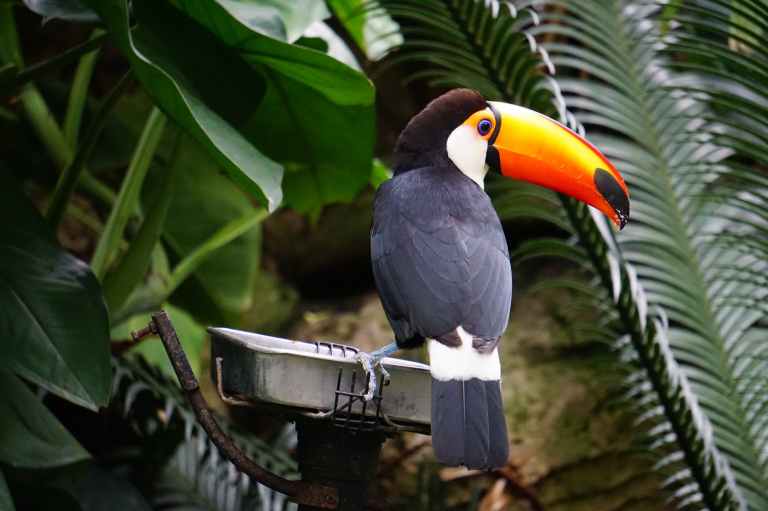
Being a zookeeper is not a glamorous job. You are cook, cleaner, entertainer and healthcare provider. You end up with poo in your hair, hay in your socks and smelling like something Calvin Klein would never bottle. But it’s still the best job in the world.
So, what does being “cook” to a bunch of zoo animals look like? Well, if you are looking after seals it means smelling like fish all day. It begins with thawing out pilchards, whiting and yellow-tail by the bucket load, rinsing them under cold water to get rid of all the loose scales and picking through each one to ensure any with dull eyes are discarded. If it’s elephants, it means lots and LOTS of hay. Hay everywhere (hence the sock comment). Plus crate loads of green things like lettuce and lemon grass, a few coconuts, some fruits and vegetables like bananas and carrots, and their favourite treats (dates and dried pineapple) for special occasions. And if its little birds like honeyeaters, it means becoming a florist (they like fresh native flowers such as Grevillea and Wattle). Specially formulated nectar mix, gum branches for lerps, a sprinkle of insects and some juicy fruit pieces also go down well.
Each animal can have unique preferences (I knew one Tree Kangaroo that preferred Paw Paw fruit to ANYTHING and had an aversion to cucumber, while another that would eat mushrooms and alfalfa sprouts like they were candy); but all the animals diets are based on veterinary advice, and try to replicate their natural wild diet as much as possible. Feeding the animals takes up a big part of a keeper’s day. But that’s because eating makes up an even bigger part of an animal’s day. Incorporating their food into enrichment items wherever possible is important, as it typically helps to reflect the natural biology of the animal (e.g. time spent feeding, behaviours expressed to obtain food, senses utilised etc.)
There are lots of food-based enrichment items keepers use. Items like puzzle feeders encourage animals to problem solve in order to gain their treats (think Kong Balls for zoo-sized animals); while frozen iceblocks of food add sensory elements (think giant icy-poles). Scattering or smearing food around the exhibit (rather than placing it in a bowl) allows animals to forage like they might do naturally in the wild, using their sense of sight and smell to locate the food (think Easter Egg hunts). Allowing for natural behaviours associated with feeding is also important, such as burying food (for animals that dig), hanging food up high (for animals that stretch to reach), and presenting certain types of live food for animals that hunt (e.g. yabbies for platypus). There’s lots of ways to feed the animals at the zoo, but just remember that’s the keepers’ job, not yours, so please keep those hot chips and Tim Tams to yourself!!!
* I am posting in a personal capacity. The views and opinions expressed are my own and do not represent those of the organisation I work for.
Awesome insights on what happens day to day in the life of a zookeeper!
LikeLike